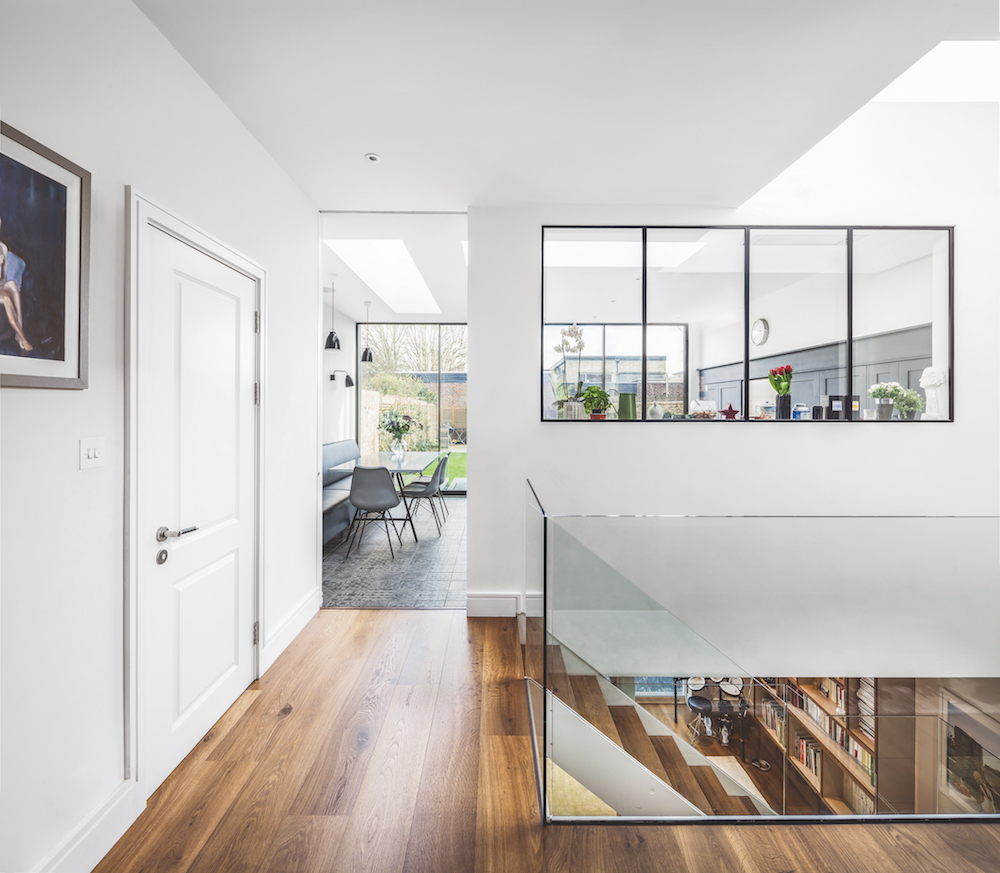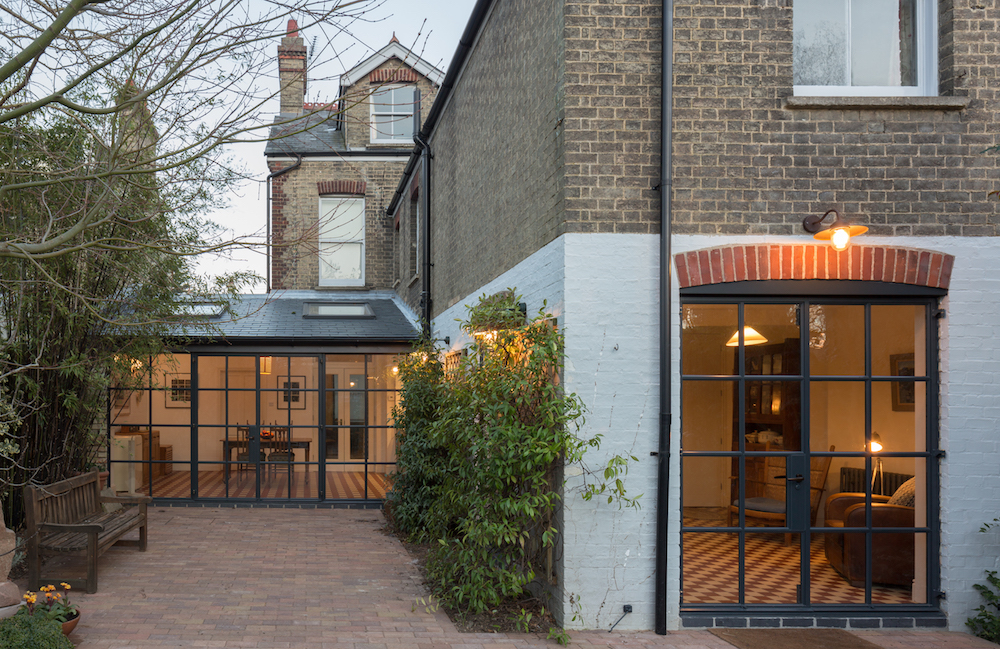What to do if your architect has made a mistake
Wondering what to do if your architect has made a mistake? We have some valuable advice from a property lawyer who specialises in property disputes...

Whether you're a self-builder or a seasoned professional, it wouldn't be uncommon for complete faith to be placed in the hands of your architect to provide fool-proof plans at the start of a project. Most of the time this faith isn't misplaced but what happens if it is and something goes wrong?
We spoke to Ashley Pappin, a property lawyer who specialises in property disputes, to give some useful insight and advice. Ashley Pappin represents many people who are involved in both complex and straightforward builds who have become victims of an architectural mistake – this could be when an engineer or architect provides you with flawed designs, or if they fail to spot a design flaw.
If you have half-finished project and a growing list of bills it might be crucial to get compensation for a mistake that wasn't your fault. Ashley advises how to navigate these types of litigation so you can maintain a working relationship with your architect whilst a dispute is being played out.

Read Also:Explore A Victorian terrace with bags of built-in storage
Just Luck, or Good Design?The architect or engineer is a key player in construction and development projects. Design expertise is vital to successfully transforming written objectives and plans on paper, into built reality.
Ultimately, you are relying on the underlying design to achieve the vision for the project, and the quality of the design is essential to deliver the works on time and budget.
What could go wrong?
Problems can arise if the drawings, plans or specifications aren’t appropriate for the project, or if there is a mistake in the specifications, such as the materials and/or construction methods.
The Livingetc newsletters are your inside source for what’s shaping interiors now - and what’s next. Discover trend forecasts, smart style ideas, and curated shopping inspiration that brings design to life. Subscribe today and stay ahead of the curve.
Architects and engineers also often have a role in oversight of works to check that the design specified is what is being built.
The devil is in the detail - if the specifics of the design documents are wrong, or if the contractor’s work isn’t checked against the specification, the developer can be left out of pocket, out of time, or more often both.

Read Also:Before & After: How Architects Breathed New Life Into A Dated Victorian Property
What are your rights?
The UK construction law system gives you options to make sure design professionals meet their obligations. The following are key sources of your rights:
- Your contract documents with design professionals are the starting point. These set out specific obligations of the design professionals. Rights are also often implied by UK Law (e.g. Supply of Goods and Services Act 1982 (as amended)) which may imply terms e.g. design services be performed with “reasonable care and skill”.
- Collateral Warranties – if your project has design elements covered by different designers, such as mechanical and electrical, IT, and interior design, those specialist design services might be performed under sub-contracts with the main designer. It is important to check whether you have rights under collateral warranties provided by design sub-contractors.
- Design professionals also often owe parallel duties outside your contract. Design professionals typically owe a duty to take reasonable care and act in accordance with accepted practice in their profession.
- Codes of practice for chartered design professionals, such as RIBA’s codes of practice for chartered architects, are an important yardstick. Likewise applicable Building Regulations can prescribe specific requirements that must be met by engineers and design professionals.
These rights are important as the basis for a potential claim. However, more importantly, these rights and obligations can be used to support successful completion of the project, and ensure what is promised is delivered.

Read Also:Explore this architect-designed house from Grand Designs – it's for sale
Resolving design issues
Careful communication during the project can often nip design problems in the bud, and improve the prospects for resolution of any later dispute.
However, if design defects have already caused extra expense or delay, it may be appropriate to make a claim. Court based litigation is not the only option.
Construction disputes, including claims against design professionals can be resolved through a process called adjudication when agreed or prescribed in the appointment documents. Adjudication is often quicker, less disruptive and cheaper than court based claims.

Read Also:Explore An Awe-Inspiring Architectural Gem In Beverly Hills
Conclusion
Careful drafting of project letters and emails is the best way to manage and resolve design problems in the first instance. It’s important to seek advice early to ensure you are best placed to avoid or resolve disputes, while minimising disruption to your project.
Courtesy of Ashley Pappin, Senior Associate in the Professional Negliegence team at Cripps Pemberton Greenish

Lotte is the former Digital Editor for Livingetc, having worked on the launch of the website. She has a background in online journalism and writing for SEO, with previous editor roles at Good Living, Good Housekeeping, Country & Townhouse, and BBC Good Food among others, as well as her own successful interiors blog. When she's not busy writing or tracking analytics, she's doing up houses, two of which have features in interior design magazines. She's just finished doing up her house in Wimbledon, and is eyeing up Bath for her next project.